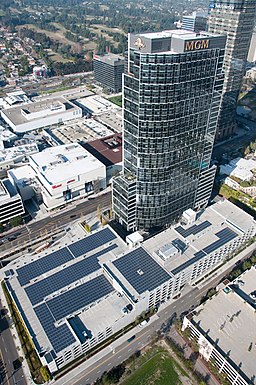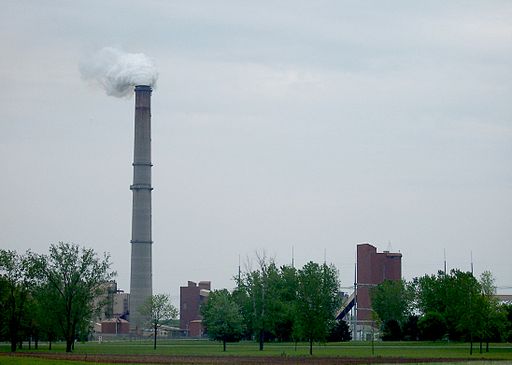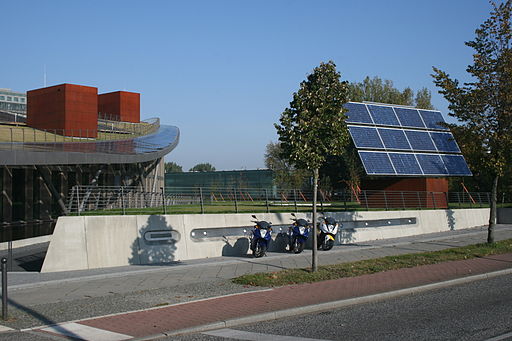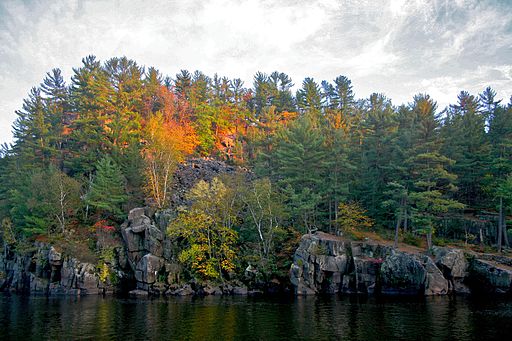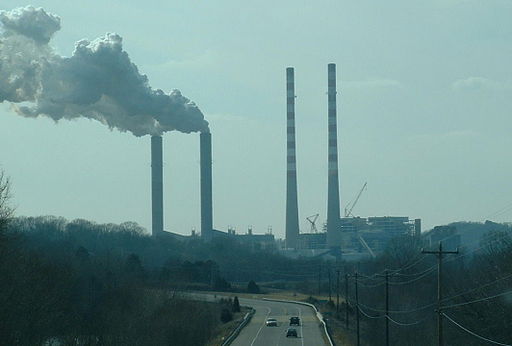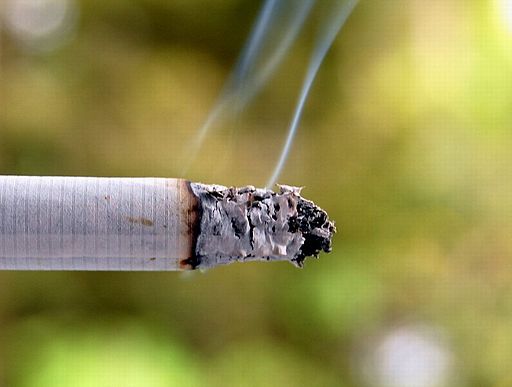Shave and a Haircut
From the 1988 film Who Framed Roger Rabbit, the irresistibility of finishing off “Shave and a haircut, — —-“.
The record high valuation of bitcoin may not stand for long, and in six months one bitcoin may be worth 30,000 dollars or it may be worth 150 dollars. No one knows for sure, and that’s what is fueling a lot of argument and speculation. High amounts of speculation in the market are what inflates a bubble, and the question with bitcoin is whether it is indeed a bubble and when it might burst. That generates more speculation. More small investors buy into the market. Historically what has happened in such cases is that something happens, a large investor or two gets spooked, dumping shares on the market, a selling panic ensues as everyone tries to get out of the market while the watch the value of their investment plummet, and that’s it, the bubble burst.
Bitcoin or something like it will be around for as long as there is an internet and a demand for a monetary barter system which is decentralized and doesn’t involve significant charges going to middlemen such as banks or credit card companies. As more people use digital currency and more merchants accept it in transactions, the volatility of its valuation will settle down. Tulips are still around, after all, and people still value them, just not to the unrealistically high degree they did when the bulbs were novel. The long term problem with digital currencies generally, and bitcoin in particular, will be in decreasing the horrendous energy demands of mining them and, to a lesser extent, processing transactions. The electricity demands of mining bitcoin are now equivalent to those of Serbia, and will soon be on a par with Denmark’s electricity use.
Discussion of whether the current valuation of bitcoin represents a bubble often refers to Charles Mackay’s 1841 book Extraordinary Popular Delusions and the Madness of Crowds, and particularly to Chapter 3, “The Tulipomania”.
Much of the mining occurs in China, using electricity generated by coal-fired power plants. At a time when combating the effects of global warming is becoming a top priority, the mining of bitcoin could present an ecological catastrophe when it reaches the same level of energy consumption as that of the entire industrialized world, as it is predicted to do in the early 2020s. The digital currency genie is out of the bottle, and there’s no stuffing it back in. That leaves two options, or a combination of both – finding more energy efficient ways of mining digital currency, or using more environmentally friendly energy sources, such as solar.
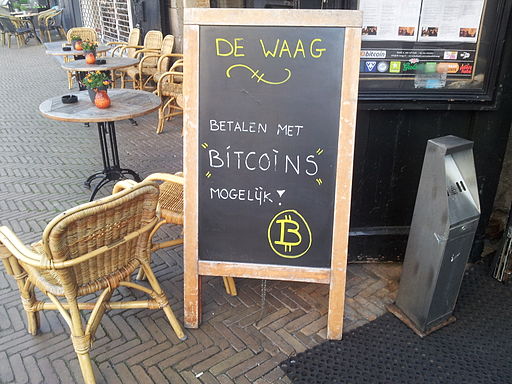
Bitcoins accepted at a café in Delft, The Netherlands, in 2013. The Netherlands became a center of the tulip trade in the seventeenth century during “The Tulipomania”, and remains a primary grower of the bulbs to this day. Delft lent its name to a particular kind of pottery and the shade of blue it is renowned for, which has also been applied to some flowers bearing the same shade of blue. Photo by Targaryen.
Should you get involved in bitcoin mining and processing of transactions? At the current valuation of bitcoin, that could be quite profitable. Tomorrow its valuation could drop below the cost of the electricity required to mine it. At any rate, the “mining” simile is somewhat inaccurate, since in a comparison of the digital currency market to real world mining, the people with computer equipment engaged in its production and in the processing of transactions are actually more like the merchants in a nineteenth century American mining town who sold goods to the miners who were hoping to strike it rich.
The opening scene of Powaqqatsi depicts working conditions at the socially and environmentally disastrous Serra Pelada gold mine in Brazil. This 1988 film by Godfrey Reggio, with music by Philip Glass, is the second in his Qatsi trilogy of meditative documentaries.
A very few of those miners struck gold, and most went bust, while the merchants usually did consistently well, a few becoming household names still known today, like Levi Strauss. If you do get involved in bitcoin “mining”, it might help to connect the equipment to a solar array rather than the conventional power grid, because then when the bubble bursts and the valuation of bitcoin drops to the floor, you can possibly still operate at a profit when others cannot, or at the very least you will have an inexpensive, environmentally friendly source of power for your other ventures.
― Techly 

